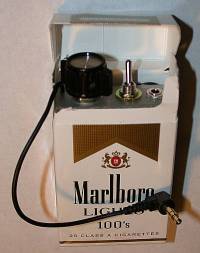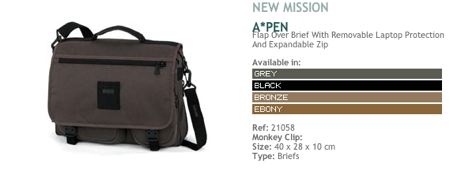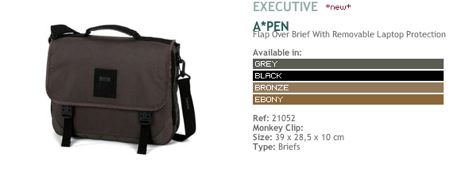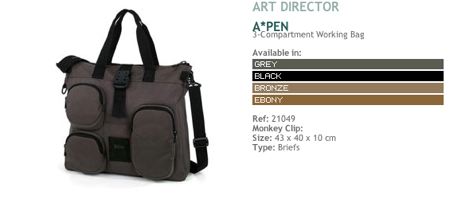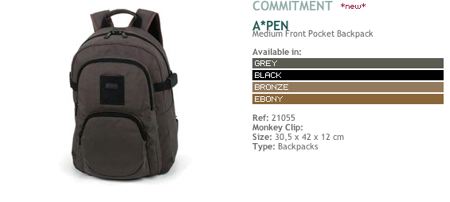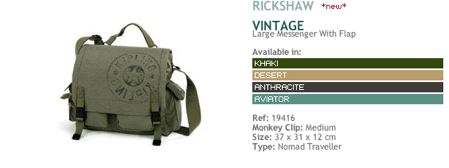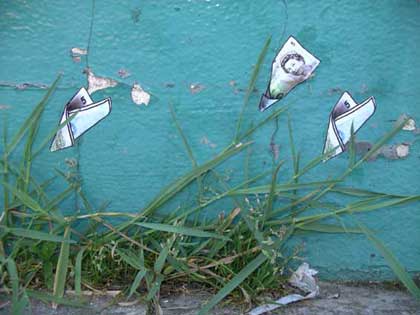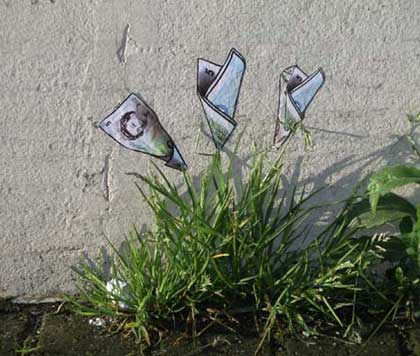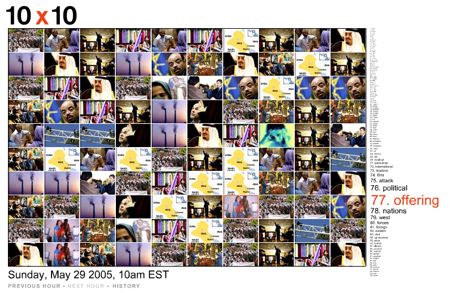MA in Art, Design and Media (By Project) : Personal Statement
This is the personal statement that will be part of my course application to do an MA in Art, Design and Media by Project at Portsmouth University from September 2005, over 2 years part time.
I did my degree in Interactive Arts, graduating in 1997. As the course
title suggests, the course ethos was derived from a fine art degree,
but using technology (in whatever form that might take) as our media
rather than paint, print or traditional sculpture. We were exploring
technology and interaction, using electronics, video, in addition to
the fledgling internet / web and early versions of Macromedia Director.
My main interest was robotics, although this probably makes it sound
grander than it was; more accurately the systems I created were in the
camp of responsive devices; little pieces of sculpture that responded
using sensors to external stimuli. Easier to just say robotics! I spent
some time over a summer with a animatronics and special effects company
which gave me some insight into both the technology and the industry.
At that time, the predominant critical discussions focussed on
“Interactive Arts”, a term which has since rather fallen by the
wayside. But in those theories were certainly the precursors to many of
the modern computer interaction buzzwords.
After my foundation and 3 years at University, I had finally come
(albeit a little late for my degree) to a realisation of one of my key
fields of interest : the interaction between the real and the virtual.
More specifically, bringing the computer beyond the KVM (keyboard video
mouse) interface. Within a few years of my graduation, this field,
which I had previously only known as a part of interactive art, had
it's own moniker - Physical Computing. Since then, it seems to have
garnered all sorts of sub-categories, such as calm computing / media,
ubiquitous computing and locative computing.
Also as the web has evolved, so too has the relationship between the
platform and the media. Increasingly terminology such as ubiquitous
computing is referring as much to the ‘media’ as to the physical device
it is running on. On the other side, advances such as WIFI, GPS and 3G
are creating possibilities, such as locative computing, where the
‘media’ is informed by geographical location.
However, in amongst all of the technological and theoretical
advancements in this field, I began my journey from a Fine Art
background. As much as there are enormous possibilities in the design
and implementation of physical computing devices and media, and the
associated theoretical discourse, there are many practitioners in this
field to engage in those activities. I myself am more interested in
using these technologies purely as another medium to express myself as
an artist.
So, what does this mean for an MA in Art, Design and Media by Project?
Well, it means that my project will undoubted encompass the use of some
form of interface that is beyond the KVM model. It will probably use
RSS and WiFi, being a couple of the most dominant transformational
technologies in computing today. And, it will be informed both by the
technology, and the environment the final piece will be situated in, as
it will almost certainly be a site-specific installation.
As a minor addendum, this site represents the beginnings of my research for this course


